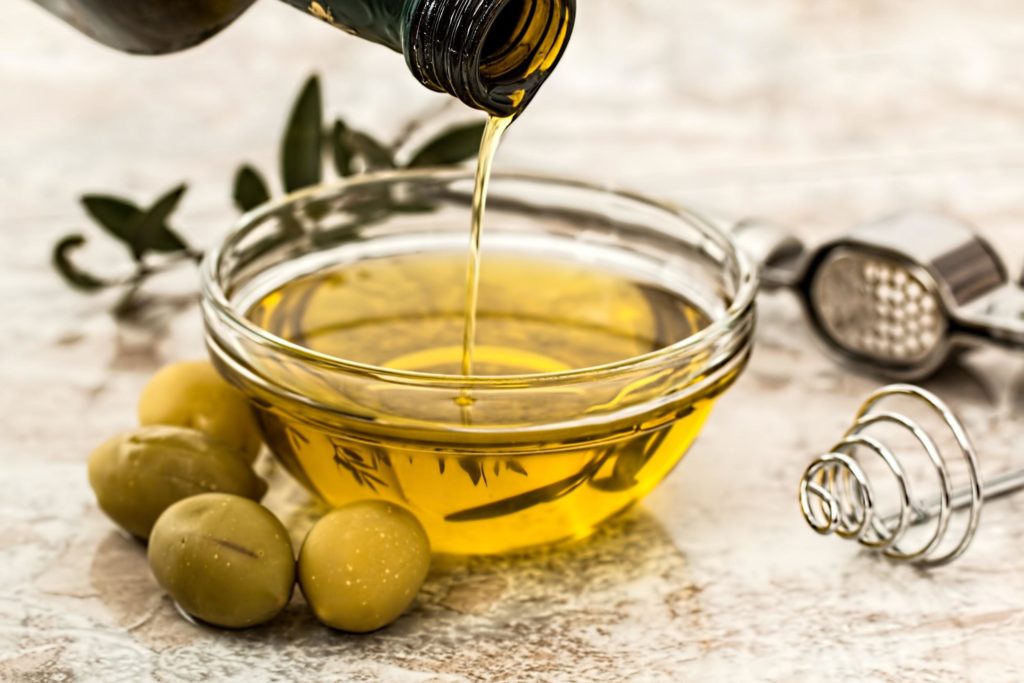The most well-known androgen (male hormone) is testosterone, but females also generate it. Low testosterone can decrease desire in both sexes as well as induce muscle loss, bone loss, and fat gain.
Reduced testosterone in men has been linked to low libido and unfavorable health outcomes, including the emergence of metabolic syndrome. Depression has been linked to reduced testosterone in both males and females.
Many males suffer lower-than-average levels of testosterone even in their 30s, while testosterone levels in middle-aged and older men decline by 0.4% to 1.6% annually. Fortunately, getting enough sleep, being physically active, controlling your weight, and taking zinc, magnesium, and vitamin D all support normal testosterone levels. The finest weapons in this battle, however, are unquestionably diet and exercise, so in the text that follows, we’ll discuss the foods that will increase testosterone as well as different kinds of physical activity.
Pomegranates
The pomegranate is a long-standing symbol of sexual function and fertility, and its antioxidant content may help with heart stress and heart health management.
Results of a 2012 study further suggest that pomegranate consumption may increase both men’s and women’s testosterone levels. Three times a day, testosterone levels in the saliva of sixty healthy individuals were measured while they drank pure pomegranate juice for fourteen days. Moreover, the people at https://www.testosterone.org/ recommend undertaking a thorough examination of your hormones to find out whether and how much your testosterone level has increased. After the trial, salivary testosterone levels in both male and female subjects had increased by an average of 24%. Additionally, both their blood pressure and mood improved.
Ginger
For thousands of years, ginger has been used both medicinally and in food. According to recent studies, this root may increase male fertility.
In a 2012 study, 75 adult male volunteers with reproductive problems had their testosterone levels raised by 17.7% after taking a daily ginger tablet for three months. According to the authors, there may be additional ways in which ginger can enhance sperm health.
In a diabetic rat model, ginger was found to raise antioxidant and testosterone levels in just 30 days, according to researchers from a 2013 study.
Extra-Virgin Olive Oil
The Mediterranean diet, which includes olive oil as a main ingredient, may offer many health advantages, including a decreased risk of cancer and heart disease.
Monounsaturated fat and the antioxidant vitamin E are both abundant in the oil. The health advantages of the diet are probably due to these elements.

Extra-virgin olive oil may help improve the health of male reproduction. According to the findings of a short study, the oil may increase the serum testosterone levels of healthy adult men.
Additionally, the participants’ bodies produced more luteinizing hormone, which promotes the creation of testosterone by testicular cells.
Weight Training
The goal of weight training, sometimes known as “resistance training,” is to push your muscles to operate against a weight force. This can take the form of anything from resistance bands to your body weight to weight machines and free weights.
While this workout has many obvious benefits, such as increasing strength and endurance, burning fat, improving flexibility, and increasing strength and endurance, the short- and long-term T-boosting perks are a bonus.
According to one study, testosterone levels in males who engaged in weight training three times per week for four weeks rose both right away and over time. In contrast, another study discovered that a single 30-minute weightlifting workout increased testosterone levels by 21.6%.
High-Intensity Interval Training
HIIT is characterized by brief, intense activity bursts interspersed with rest intervals or lower-intensity exercise. It is well recognized to burn plenty of calories quickly, aid in body fat reduction, and improve muscle mass in some people.
A 2012 study also compared HIIT to steady-state endurance training. According to the findings, those who ran continuously for 45 minutes experienced a lower increase in levels of testosterone than those who alternated between intense sprints and light jogs every 90 seconds.
Bodyweight Exercises Including Squats, Pushups, Pullups, and Situps
Resistance training doesn’t require specialized equipment, as was already established. You can just take advantage of your weight.
You can work a variety of muscles throughout your body by completing bodyweight exercises like squats, pull-ups, push-ups, and sit-ups, which will increase your strength and testosterone levels.
And what do you like most about these exercises? You can begin at home (now!) and progressively go up from there. To track your progress and enhance your form, think about utilizing a fitness app.
In other research, testosterone levels may even be correlated with regular physical exercise in older men and men who are sedentary.
Raising your testosterone levels has never been easier. Today, when medicine has proven these things, all we have to do is put them into practice, so good luck with the new way of eating and exercising.
